
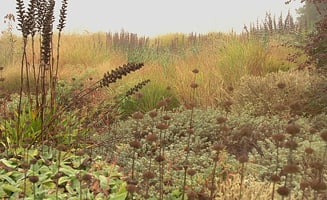
Contributor
- Topics: Archive
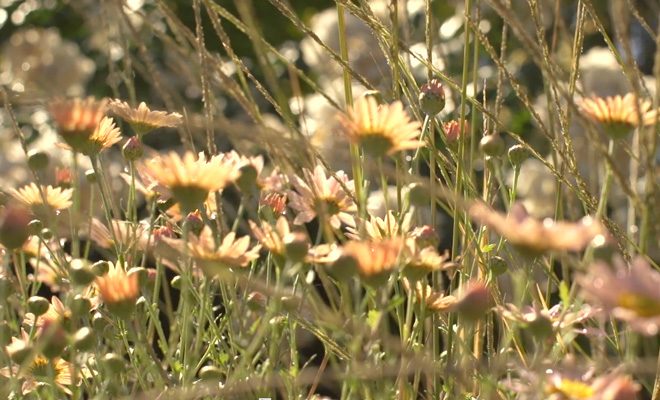
“I think wildness matters more now than it ever has. We’re urbanizing at a pace unprecedented in human history… We have to look at the landscapes we live in as places as places where nature could be.” – Thomas Rainier
A conversation with Thomas Rainer who believes we need to radically turn away from conventional horticultural practices in order to address contemporary environmental, social, and ecological concerns and begin crafting gardens modeled on how plants fit together in nature. [click link below to watch video]
Thomas Rainer is a landscape architect working in the Washington D.C. area and a leading voice in ecological landscape design. He describes himself as a landscape futurist fascinated by the intersection of wild plants and human culture.

Resources from Pacific Horticulture archives:
“Balancing Nature: Who’s in Charge” – “Dominion is a word we need to banish from our culture because it’s the root of the problem we have in our relationship with nature.” A conversation with Lawrence W. Cheek, a writer who specializes in architecture and the environment.
“Collaborating with Nature” – With a deep love of the land and a sound knowledge of horticulture Warwick Hubber, a designer working in the San Juan Islands in Washington State, doesn’t try to compete with the dramatic natural setting around him. Instead he provides creative and appropriate solutions that sit comfortably within the region’s salty mix of light, wind, water, and sun.
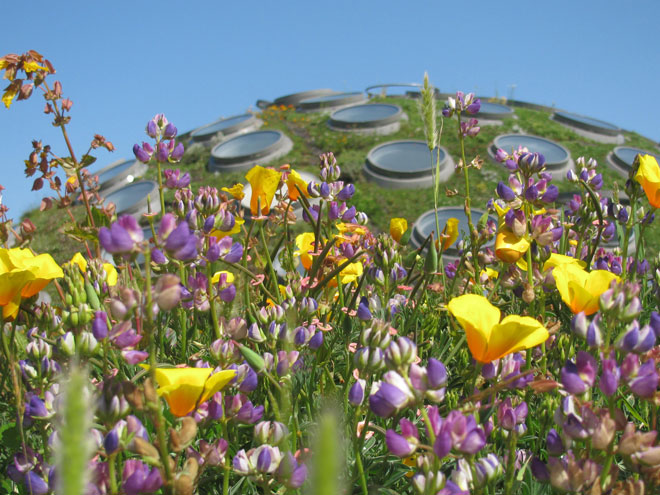
“An Evolving Landscape” – A native plant landscape on the living roof at the California Academy of Sciences in Golden Gate Park serves many ecological functions, including wildlife support, and promotes community awareness and involvement. What’s more, the now-familiar undulating surface provides an outdoor classroom for examining how topography creates unique microclimates that, in turn, influence plant establishment and promote diversity.
“Facebook Plants a Garden” – Flipping traditional office park design on its head, a social media giant builds a massive one-story building topped by a dynamic and inviting landscape that provides an infusion of nature and boosts creativity.
“Garden for the Environment” – A half-acre community landscape flourishes in downtown San Francisco and provides valuable educational resources and instructional demonstration plots for the city’s residents.
“The most pleasurable aspect of a garden is to go out and encounter life… More life brings more life.” – Thomas Rainer
“Habitat Gardens” – In an ecosystems approach to garden design the landscape becomes a laboratory where experimentation, observation, and evaluation are all part of the process.
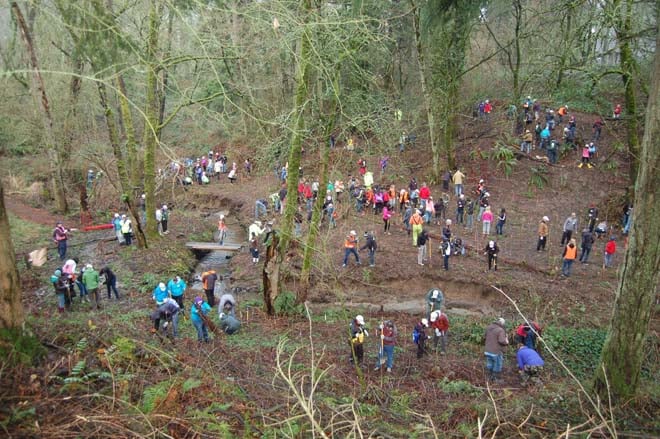
“It’s a Tree for All” – Empowered by the success of a previous tree-planting initiative, a coalition of public agencies, non-profit organizations, and private citizens in Washington County, Oregon take on the challenge of planting one million trees in 2015.
“Nature Gardens” – A dynamic landscape designed by Mia Lehrer + Associates surrounds the Los Angeles Natural History Museum in the heart of an urban environment. Today nature thrives where once there was only concrete and turf and the plant- and wildlife-filled gardens have become a social hub and a living laboratory for the study of biodiversity.
 “On a Sonoma Hilltop” – A profile of the remarkable landscape created by Mary and Lew Reid. Hog Hill Garden (photo at top of page) was featured on the Summit 2016 garden tour.
“On a Sonoma Hilltop” – A profile of the remarkable landscape created by Mary and Lew Reid. Hog Hill Garden (photo at top of page) was featured on the Summit 2016 garden tour.
“Saving Place” – Demonstration gardens in Seattle’s Carkeek Park were developed to show the diversity of plants that could be easily and successfully grown in the Pacific Northwest without the use of fertilizers, insecticides, or pesticides, and with little to no supplemental water.
“Wildflowering LA” – Spring of 2014 saw the blossoming of an ambitious initiative led by artist Fritz Haeg throughout the greater Los Angeles area, an area seemingly severed from nature. This is the story of one of those lively plantings at Los Angeles County Arboretum.
Further reading:
Beauty by Design, Inspired Gardening the Pacific Northwest, Bill Terry and Rosemary Bates, Touchwood Editions, 2013
Journalistic team, and husband and wife in real life, Bill Terry and Rosemary Bates visit 11 Pacific Northwest gardens under the care of inspired artists and opinionated plantsmen. (PHS review)
Bringing Nature Home, How You Can Sustain Wildlife with Native Plants, Doug Tallamy, Timber Press, 2009
Tallamy, a leading voice in exhorting gardeners to connect the dots between gardens, nature, and wildlife, outlines how “everyone with access to a patch of earth…” can make a difference and help support biodiversity.
Garden Revolution, How our landscapes can be a source of environmental change, Larry Weaner and Thomas Christopher, Timber Press, 2016
Authors Weaner and Christopher are advocates for a more cooperative, less dominating approach to garden making and encourage us all to welcome a garden’s ever-changing nature as a part of the process. (PHS review)
Planting in a Post-Wild World, Designing Plant Communities for Resilient Landscapes, Thomas Rainer and Claudia West, Timber Press 2015
An optimistic look at humans, nature, and how to create landscapes that benefit both. As co-author Claudia West stated in the book’s introduction: “Nature is tough, tenacious, and buoyant and it is never to late.” (PHS review)
Rambunctious Garden, Saving Nature in a Post-Wild World, Emma Marris, Bloomsbury USA, 2013
A creative and resourceful mix of interesting studies and compelling narratives build a case for the creation of the “rambunctious garden,” a hybrid of wild nature and human management, and innovative conservation efforts that include rewilding, assisted migration, and the embrace of exotic species used in ecologically sympathetic combinations.
The Authentic Garden, Naturalistic and Contemporary Landscape Design, Richard Hartlage and Sandy Fischer, Monacelli Press, 2015
A beautifully illustrated and thoughtful look at 60 contemporary gardens created by landscape professionals. The book is organized by a variety of aesthetic approaches to garden design from naturalistic and plant driven, to graphic, “ecological,” and seasonal or temporary. (PHS review)
The Nature Principle, Reconnecting with Life in a Virtual Age, Richard Louv, Algonquin Books, (reprint edition) 2012
An exhortation for all of us to fully engage with nature to the same degree that technology wires the rest of our life. Rooted in the restorative powers of nature, Louv promotes a “New Nature Movement” for wellness, increased creativity, and building stronger social connections.
The New Shade Garden, Creating a Lush Oasis in the Age of Climate Change, Ken Druse, Stewart, Tibori, & Chang, 2015
From the author that many consider to be an early voice for gardening in concert with nature comes a book that declares “The garden of the future will be a shade garden.” Druse urges us to work with—not against—natural rhythms and (perhaps radically) suggests planting for a bloom peak in late winter to early spring before seasonal rains have dried up. Inspirational photos illustrate practical information and myriad plant lists from this knowledgeable plantsman will help you craft a landscape that will weather the weather. (PHS review)
The Wild Garden: Expanded Edition, William Robinson and Rick Darke, Timber Press, 2009.
First published in 1870, this book was an early proponent of creating gardens that mimic wild landscapes. In this expanded edition, Darke weaves Robinson’s advocacy for naturalistic design together with contemporary sustainability issues; an enduring classic that’s still relevant today.
Additional resources:
The Pollinator Pathway project asks us to see ourselves as a part of—not separate from—nature and to use our power as humans to connect the fragmented green spaces of the globe. www.pollinatorpathway.com
Urban Hedgerow is a collaborative team of instigators, artists, creators, thinkers, conservationists, ecologists, and bug lovers who use art and design to provoke conversation and connect with the wild all around. www.urbanhedgerow.com
Share:
Social Media
Garden Futurist Podcast
Most Popular
Videos
Topics
Related Posts

Low Maintenance Gardens – Better for Pollinators and People
Autumn 2022 “I come out every day. It’s therapy, my meditation.” Janet’s young garden transformed from overgrown, invasive plants to mostly natives. The dailiness of

Invasive Plants Are Still Being Sold: Preventing Noxious Weeds in Your Landscape
Autumn 2022 With so many beautiful ornamental plant species and cultivars throughout California and the Pacific Northwest, how do you decide which ones to include

Garden Design in Steppe with Transforming Landscapes with Garden Futurist Emmanuel Didier
Summer 2022 Listen to full Garden Futurist: Episode XVII podcast here. Emmanuel Didier, Principal and Creative Director at Didier Design Studio is a leading figure
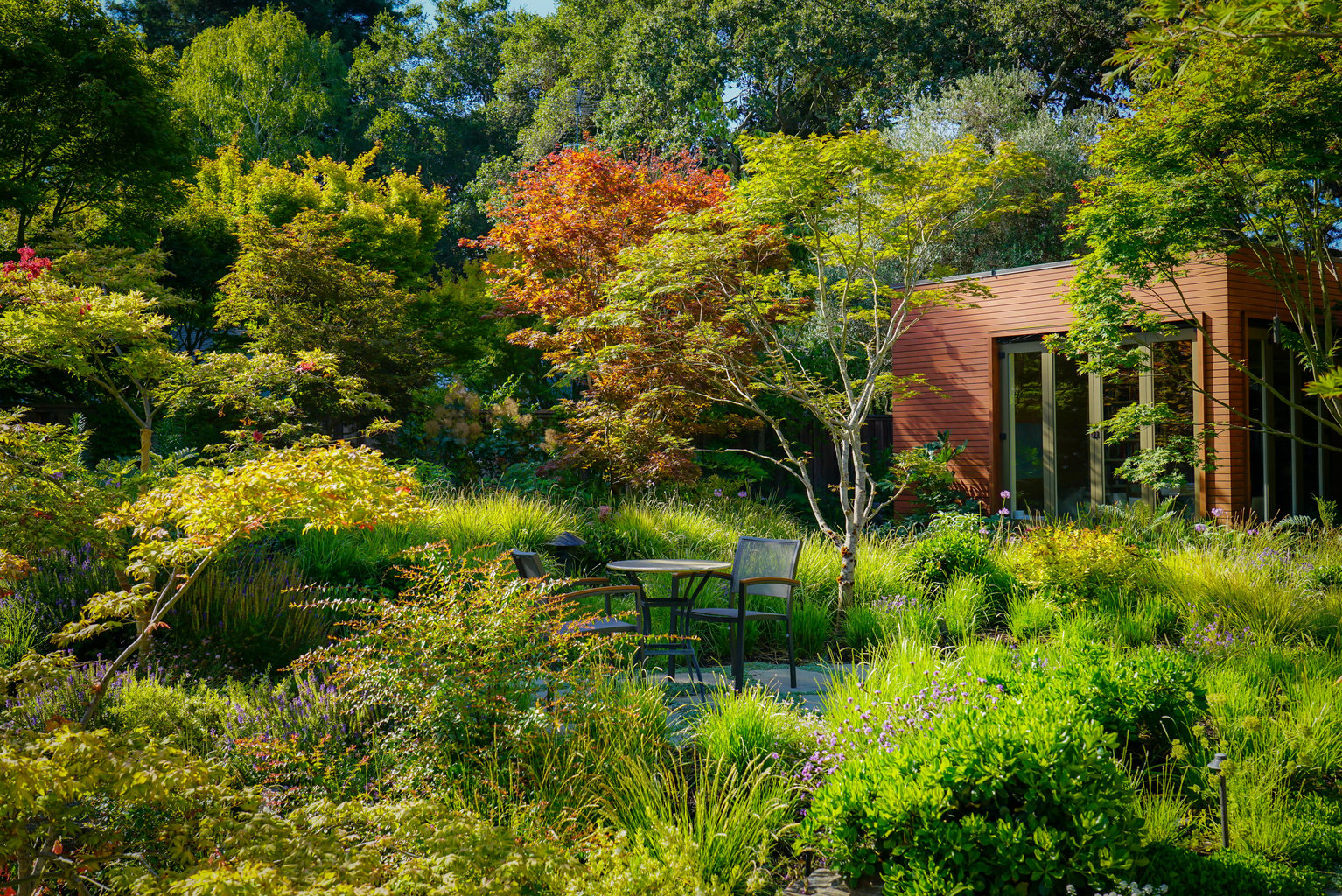
Seslerias: Versatile Groundcover Meadow Grasses
Summer 2022 Without question, the most beautiful and versatile of all the groundcover meadow grasses are the moor grasses (Sesleria). Moor grasses tick off all


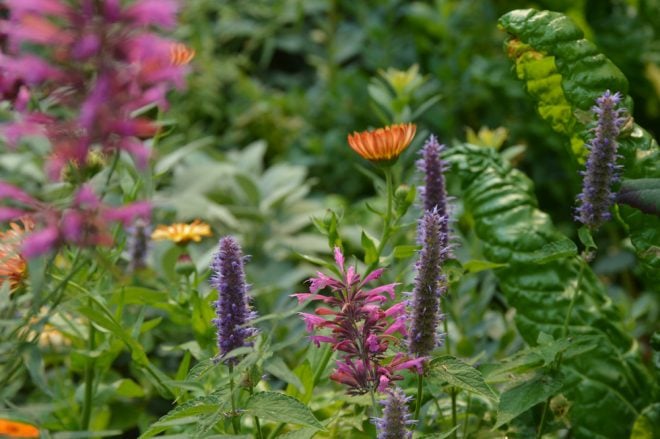

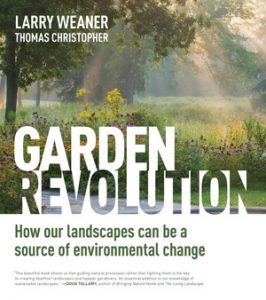
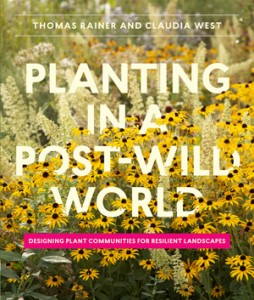
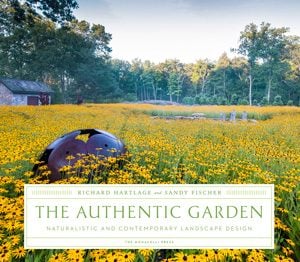









Responses